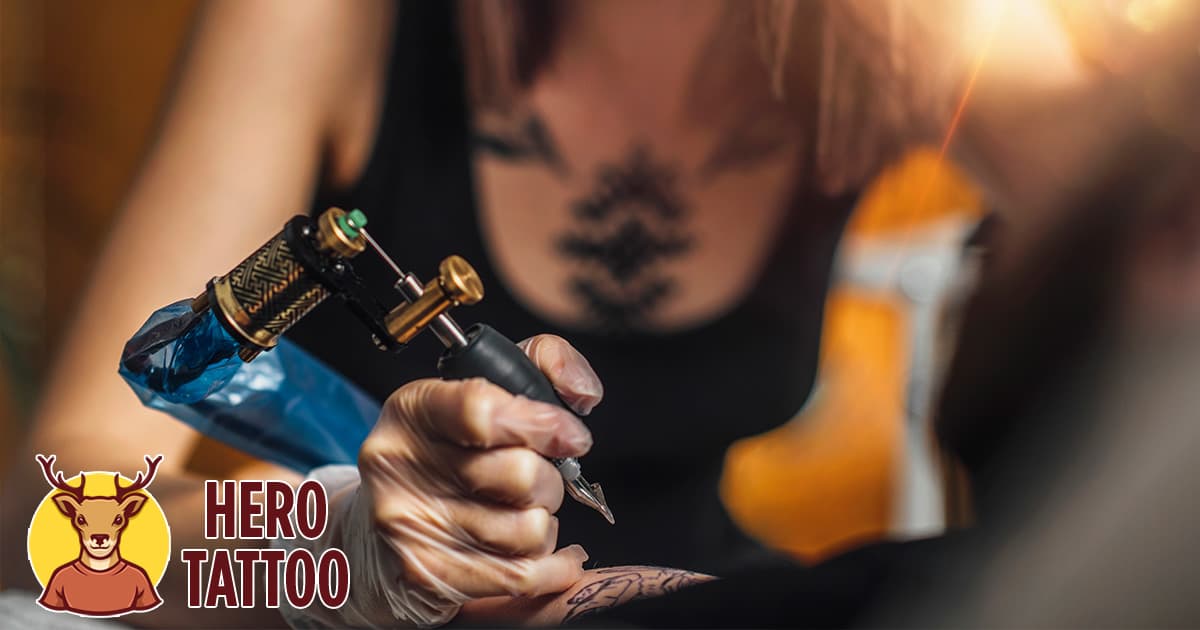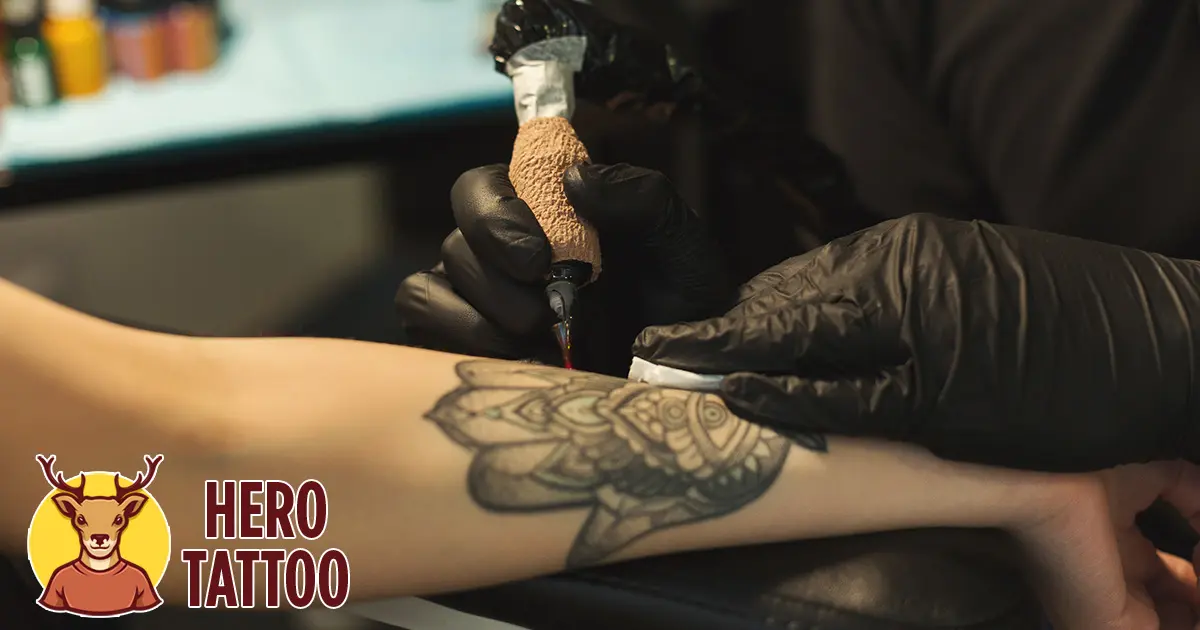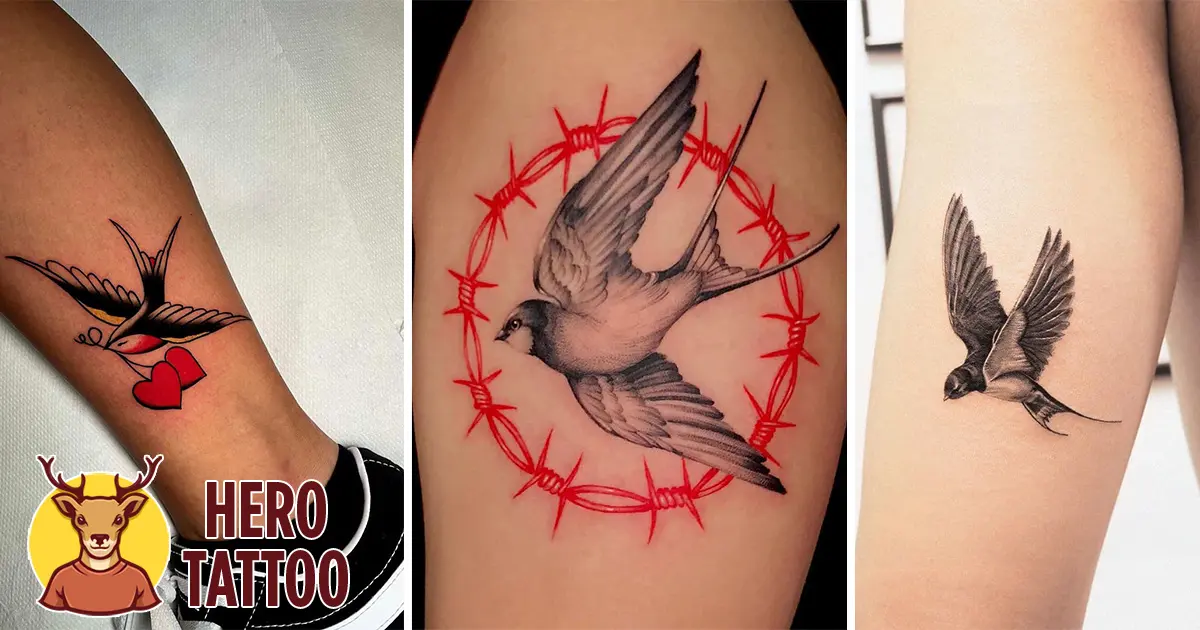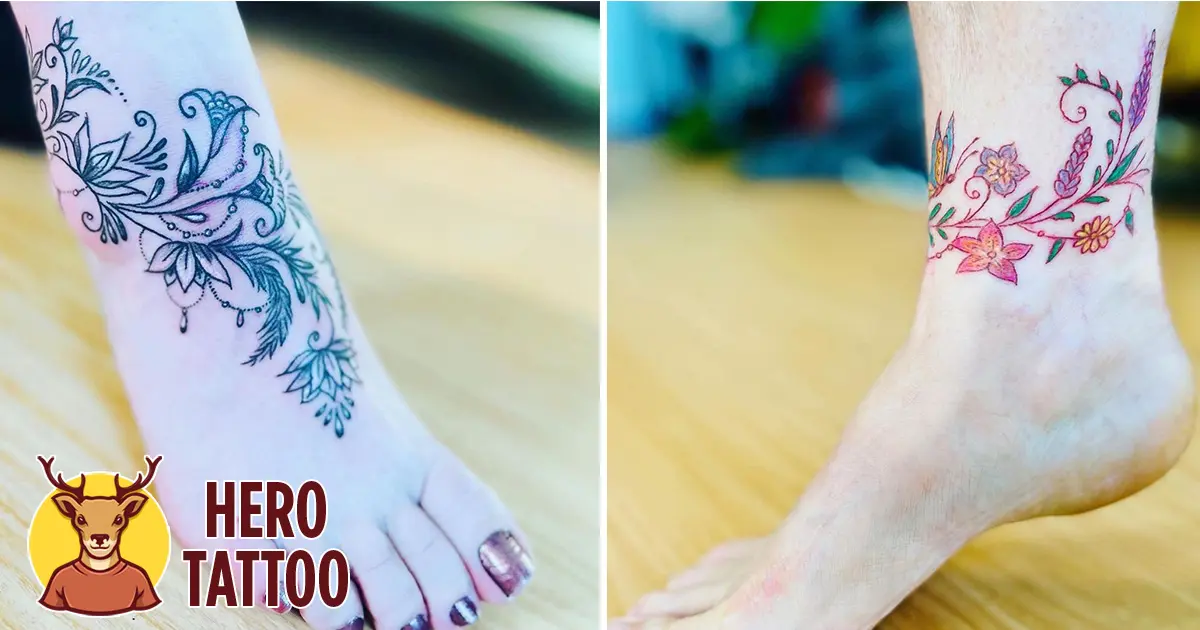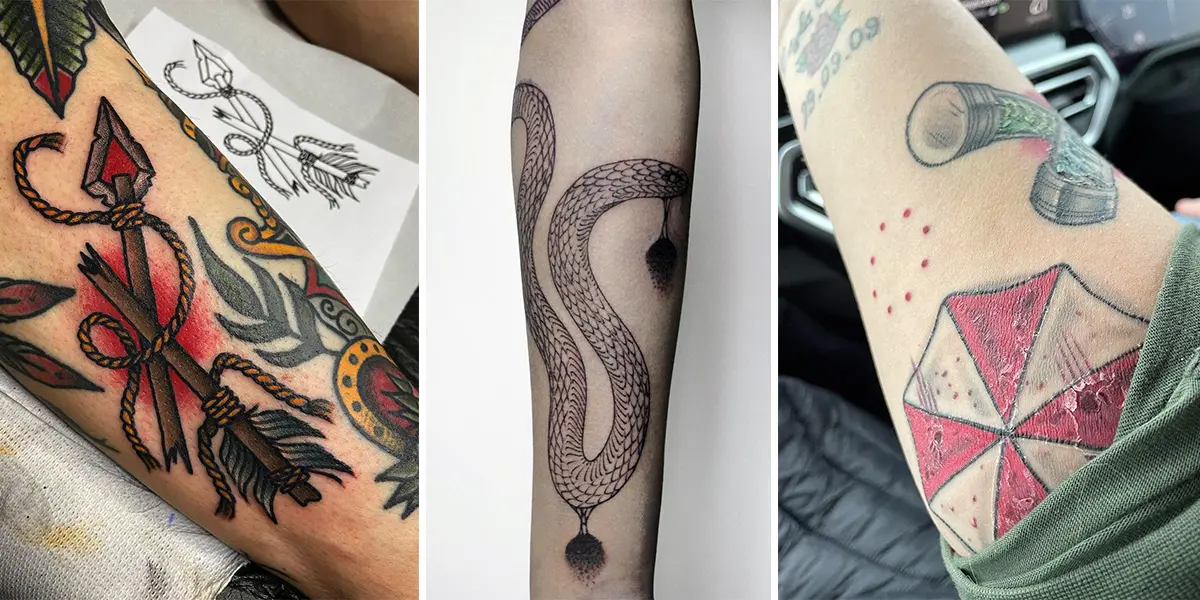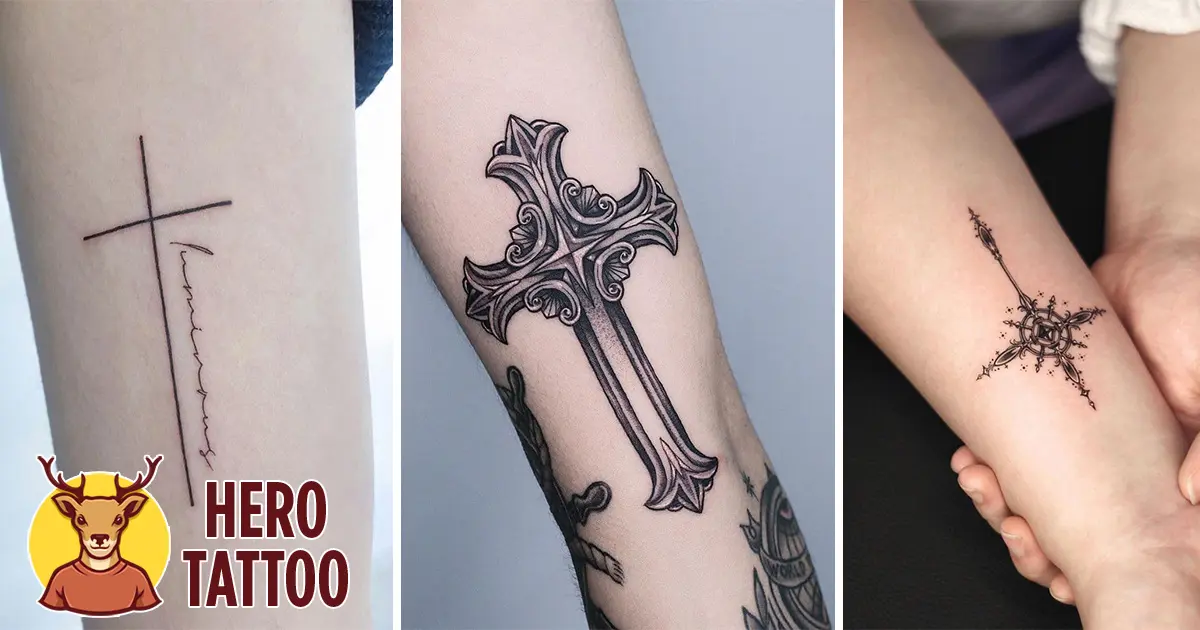Once they have gotten their tattoo, most individuals assume that it is a permanent process that they will have with them for the rest of their lives. Indeed, it appears as though people have formed romantic relationships with their tattoos, but the truth is that people may instead get emotionally engaged with their body art if they allow themselves to do so. Tattoos become a vital part of your identity, both literally and figuratively, since they become a permanent part of your body.
The question is, what happens if your tattoo doesn’t come out the way you had hoped it would, or if everything goes wrong because of unanticipated events? Well, whenever anything creates problems in your life, the best course of action is to get rid of it as soon as possible. Consequently, if you have a terrible tattoo, the best course of action is to either cover it up with a new one or get it obliterated.
If you’re reading this, you’re either thinking about getting your tattoo removed or have already gone through the process of getting it removed. In any case, you’re looking for responses.
It is common for blisters to form due to tattoo removal, and the removal of tattoos might cause blisters. But, what should you do about the blisters on your feet? Everybody does not want to be reminded of what used to be a tattoo on their body by a scar. We’ll go over various tips and tactics in the following paragraphs to help you heal blisters as quickly and effectively as possible.
Tattoo Removal Blisters: Explained
Why Do Tattoo Removal Blisters Appear?
When it comes to the cause of blisters appearing after a laser tattoo removal procedure has been completed, it is possible that the laser itself is totally to blame. The laser machine is intended to recognize the pigment in the skin and then dilute and disperse the stain across the skin by generating heat in the process. A tattoo has been completely removed in the great majority of cases due to this procedure.
However, because of the high temperatures created by the laser, it can cause skin irritation. Consequently, once the laser treatment is over, the skin will begin to heal, with blisters being one of the early signs of healing. Blisters are not the only signs to look out for; scabbing and crusting are also frequent.
Bulging blisters, scabbing, and crusting are favorable signs that the treated area is healing. When these symptoms appear, a new layer of skin is formed, and the treated area begins to heal. Blisters form as a result of the healing process.protect the body. This is the reason they emerge. Bubbles formed by blisters operate as a type of skin barrier, preventing germs and bacteria from entering the treated region and causing sickness.
Do Blisters Remain on the Skin for a Long Period?
Following the end of the laser tattoo removal operation, blisters will form in the region where the tattoo was removed. It will be necessary to wait for anything from a few days to a few weeks between the time they initially appear and when they convert into scabs and crusts and fall off. To be more exact, the lifespan of scabs is determined by several variables, which include the following:
- Their size determined the severity of the blisters.
- The type of tattoo that was erased was identified by the color of the ink used in the removal.
- The position of the previous tattoo on the person’s body
Assume that the tattoo was placed in a sensitive spot where the skin is thinner and contains a high concentration of nerve endings. After application, blisters might linger for up to a week, depending on how severe they are.
In contrast, if the tattoo were colored and included pigments such as red, yellow, or green, the blisters would be more severe since the laser would have to operate for a longer period of time and create more heat to remove the pigments, making the blisters more severe. Alternatively, if the ink were black, the laser removal may have been done more rapidly, resulting in less clear blisters that could heal in as little as 72 hours.
So, what is the most effective approach to treating blisters?
Immediately following the completion of the laser removal procedure, you will be given instructions on how to care for your new skin once the old skin has been removed. However, when it comes to the actual therapy and aftercare, you may want extra knowledge, which is why we’ve included the following information:
- It is critical to maintain the cleanliness of the treated area. However, we do not recommend that you quickly clean the treated area after the treatment is completed.
At the absolute minimum, you should allow things to slow down and begin drying up, just like you would with a new tattoo, during the first few hours after getting one.
Following that, you should wash the afflicted area with lukewarm water and antibacterial soap daily. Make sure to thoroughly dry the area with a paper towel or a clean towel or cloth once you’re finished to prevent mold from forming.
- It is recommended that antibiotic ointment be used. This ointment also has an essential role in managing blisters and the healing of the skin. The use of antibiotic ointment in this sensitive region can help to reduce the accumulation of germs, which reduces the likelihood of discomfort and illness.
Additionally, the ointment aids in the prevention of severe blistering as well as the rapid formation of new skin layers. In addition to being available over-the-counter and online, antibiotic ointment is also available. It is important to remember to apply thin ointment layers up to three times each day for the therapy to be as effective as possible.
- Picking or otherwise manipulating the blisters is not recommended. It would help if you avoided handling or picking the blisters and scars that emerge from tattoo laser removal, except while applying ointment (which you will do with clean hands).
Picking will cause the blisters to take longer to heal, and you may even introduce germs and bacteria to the area, increasing the risk of infection and spreading disease. It is possible to cause the healing process to be entirely disturbed by picking and peeling blisters and scabs, which may result in skin pigmentation disorders in the future.
- Avoid taking long showers or swimming to allow the blisters to dry out before they can begin to heal properly. Due to the drying process, they form a crust, which breaks off when a new skin layer is included beneath the crust.
Showering and swimming for extended periods may interfere with this process, resulting in a lengthier overall healing time. At the absolute least, we recommend that you refrain from engaging in activities that cause you to sweat until the crust has formed. Sweat can also cause an excessive quantity of dampness in the healing area, allowing germs and bacteria to enter the healing site.
- Protect treated areas and blisters from the sun: If the treated areas and blisters are visible and exposed in any way, they must be protected from the sun using suitable sunblock to avoid further damage. If you don’t wear sunscreen, exposure to the sun can cause skin damage and even worsen blisters. In rare circumstances, the presence of a blister for an extended period might result in inflammation and edema of the afflicted region.
Make sure you’re wearing sunscreen with an SPF of at least 25. To get the best results, it is recommended that you continue to apply the sunscreen for at least two or three months, or until the affected area has completely healed. In some instances, the blisters may result in scarring where the tattoo was previously placed, depending on the circumstances. Even in this situation, you must wear sunscreen to protect your scars from further damage caused by the sun.
- Pain drugs should be considered: pain relievers are helpful in the treatment of discomfort and inflammation associated with the healing process.
- The use of pain medications such as aspirin should be avoided at all costs since they may have blood-thinning effects and increase the likelihood of bleeding and bruising in the treated area.
- Don’t use makeup on your tattoo removal blisters—in the case of visible tattoo removal blisters, some people may choose to use makeup foundations and concealers to decrease the redness and pain of the blisters. However, you face the danger of inflaming and infecting blisters if you wear makeup, because you are directly transferring bacteria and germs from your makeup to your blisters when you do so.
Blotch-related Complications and Their Management
Laser tattoo removal can cause blistering in some cases, which can be pretty uncomfortable. A few of the issues include the following:
- When the body sees the laser therapy as a direct attack, it creates blister swelling. This is an uncommon complication. When the body is attacked, it responds by growing in size to rid itself of the “attack”; this is the body’s defensive response to the attack. In rare cases, an allergic reaction can also induce swelling, which can diagnose the allergy. Therefore, to keep the node under control, seek medical attention as soon as possible.
- Bleeding blisters that itch: Bladder itching is common, especially when the blisters begin to dry out and form scabs on the skin as the blisters begin to heal. However, in rare cases, the itching can become severe and even painful due to the irritation caused by the itching.
Others have described the itching as “maddening,” which some people perceive. It is possible that scratching an itch will result in various problems. As a result, it is vital to resist the temptation to scratch the itch. Visiting a dermatologist will provide you with valuable information and a variety of treatment alternatives. This is something that you should consider.
It is possible to have changes in the skin pigmentation of the treated area following laser tattoo removal. Two probable results are hyperpigmentation or hypopigmentation of the skin. It is common to have skin discoloration, which is primarily due to the blistering of the skin, which leads to the development of new, lighter skin in the affected regions.
Fluency is derived from
Final Thoughts
In terms of removing a tattoo that isn’t wanted, laser tattoo removal is the most effective approach available. It is typically completely risk-free when done correctly, and there is no reason to be afraid of it. On the other hand, many people are not aware of the complete procedure and assume that blistering is a severe source of concern.
On the other hand, blisters are just an indicator that the skin is attempting to restore itself. While it is possible that there could be some complications, if you follow the proper blister therapy protocol, the blister healing process should be relatively uncomplicated. If you see any possible problems, or if you are experiencing inflammation and pain, you should seek medical attention immediately.
